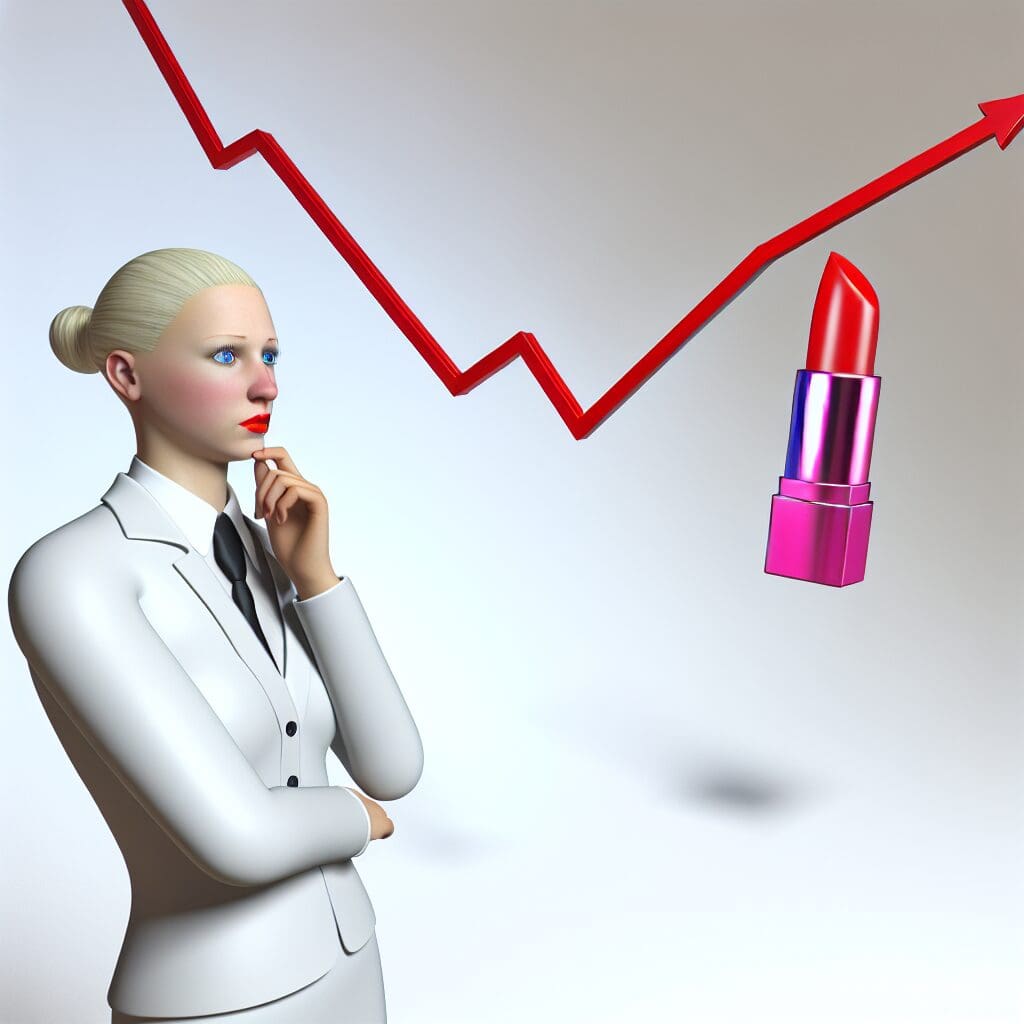The “Lipstick Index,” popularized by Leonard Lauder during the 2001 recession, suggests that when economic conditions worsen, consumers flock to affordable luxuries like cosmetics. This phenomenon seemed reliable for years, indicating resilience in the beauty sector. However, recent market trends suggest that this index may no longer hold true.
In the years following the pandemic, skincare and makeup sales surged, with consumers investing in personal care as a form of self-expression and emotional uplift. Despite this temporary boom, analysts indicate a shift in consumer behavior is underway. Research from Jefferies estimates global beauty market growth declining to between 4.5% and 5%, a significant drop from previous projections.
Chinese consumers have begun steering toward local brands that offer perceived better value, while spending in U.S. and European beauty markets is also softening. Ulta Beauty’s reports of a slowdown in sales across different segments are corroborated by L’Oreal’s recent forecast adjustments, signaling that even upper-tier cosmetics are not immune to economic pressures.
The rise of TikTok trends promoting minimalism and “underconsumption” also points to a changing landscape. With an increased focus on value, beauty brands face significant challenges. For instance, brands like Rare Beauty and others are reconsidering their market paths, and even L’Oréal is pivoting towards dermatological treatments to tap into emerging consumer interests.
As uncertainty looms over the economy and consumer preferences evolve, beauty companies that cling to outdated indices may find themselves unprepared for a changing tide. Adaptation, rather than reliance on historical patterns, will be crucial for survival in this competitive and unpredictable market.












